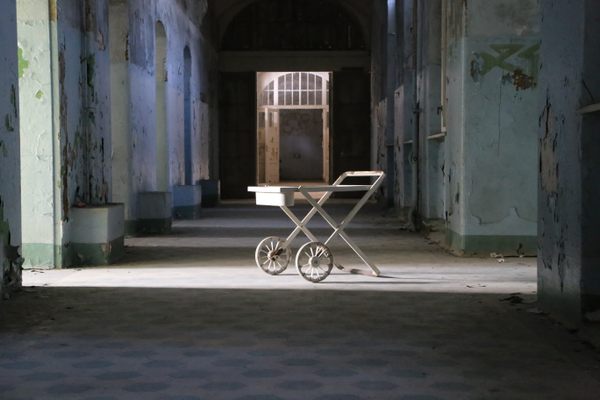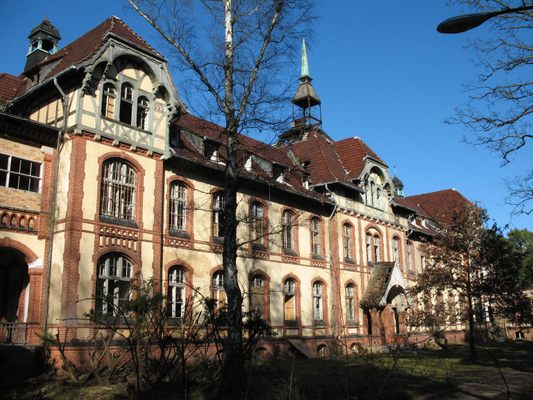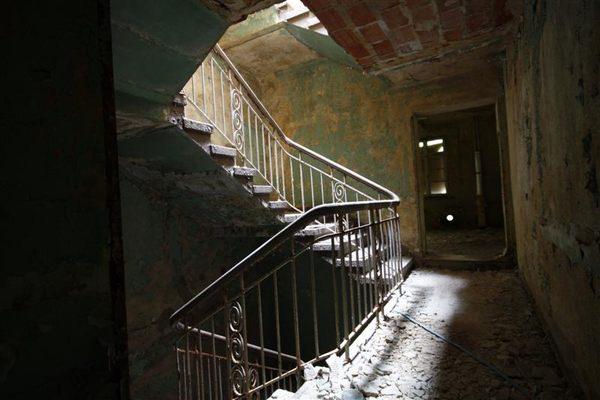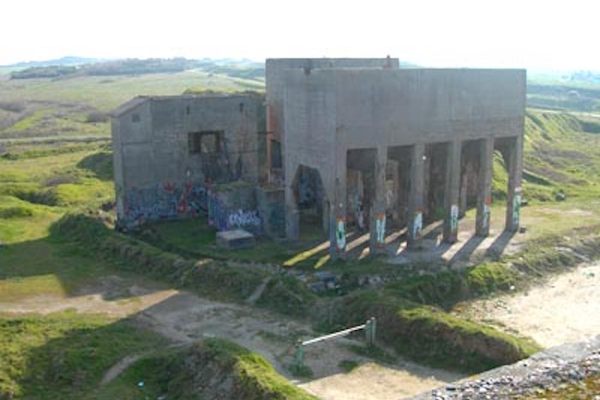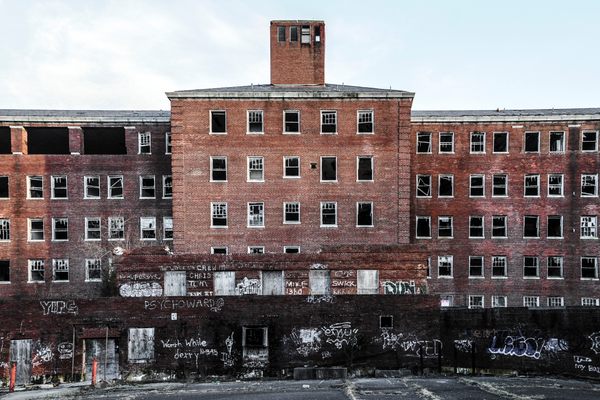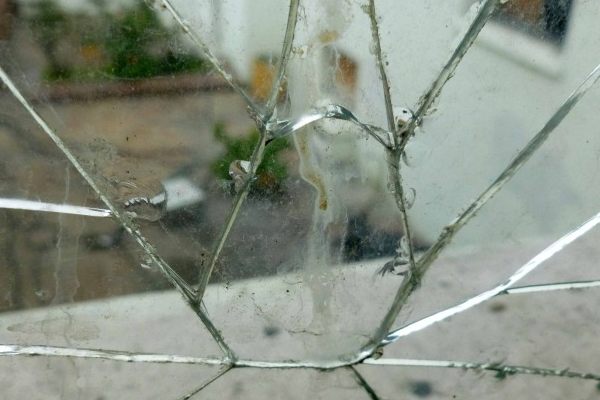About
Sometimes abandoned buildings merely look creepy, but in truth, were home to some boring manufacturing plant, or some benign industrial process. The Beelitz Heilstatten hospital's history lives up to its dark visage.
Built in 1898, this disused hospital complex of approximately 60 buildings located in the district of Beelitz Heilstatten. Between 1898 and 1930 the complex served as a sanatorium for lung diseases, generally housing those with then-fatal conditions such as tuberculosis.
During the first world war it served as a field hospital that treated the earliest casualties of such new weapons as machine guns and mustard gas. During this time it also treated a young soldier by the name of Adolf Hitler, who had been blinded by a British gas attack and wounded in the leg at the Battle of the Somme (This earned him the Iron Cross).
Ironically, these experiences and his successful treatment would set the stage for the hospital to once again be used as a field hospital, treating wounded Nazi's during WWII. Occupied by the Russians in 1945, it served as a Soviet military hospital for the next 50 years until 1995, long after the fall of the Berlin wall. The hospital treated everyone from Communist party members to the disgraced head of the East German government who was sent there after being forced out in 1990.
Today, while a few small sections of the enormous hospital are used for neurological rehabilitation and Parkinson's research, the majority of the complex, including the surgery ward, the psychiatric ward, and a rifle range, have all been abandoned and left to decay back into the surrounding forest. In 2002 it was used as a set for the Roman Polanski film 'The Pianist'.
As none of the complex was guarded until 2015, it was a popular place for urban exploration, drinking teenagers, and people looking to give themselves a good scare.
In 2015 the ruins were outfitted with a canopy pathway, which allows to view the ruins on every level without need to enter them. Now it's less an adventure and more of an tourist attraction. But it hasn't lost the charm and is now fully accessible for walking-impaired persons.
Related Tags
Know Before You Go
Many of the buildings are securely gated off. There are tours available, but they don't really show you much. There is still a fair share of buildings of the complex that can be explored, but many of the more attractive buildings are (legally) inaccessible. The canopy pathway covers the main buildings for male and female patients, kitchen and some other buildings. For the canopy pathway you need to buy a ticket, but there are still large parts of the complex which are free to explore without ticket.
Published
October 20, 2009
